Mould: Dos and Don’ts
There is a lot of information and misinformation about mould as science is working to understand it and its effects on health and wellbeing. Here are my Mould Dos and Don’ts to help clear things up. Before we dive in, let’s acknowledge some facts about mould.
Mould is Majestic
If you haven’t seen this video, please take a moment to watch fungi (mould is fungi) before continuing… It’ll make it clear why I say mould is majestic.
Mould plays an important role within our planet. However, we don’t want it in our homes.
Just like a caterpillar is amazing, but not in our salad!
Mould is Mighty
Mould is mighty in that it has well-developed strategies to survive multiple forms of attack and to keep its species going.
The main strategy is to release spores any time it feels threatened.
You could say that it’s a bit highly strung, because it feels threatened any time any of the following are changed.
- Moisture
- Temperature
- Air movement
- Light
If you’re a note-taker – then jot that down. 😉
Mould is Monstrous
Mould can cause incredible damage to our buildings – as by nature, its role is to break down materials.
And, it’s very good at this.
It has also been linked to an array of health issues.
Mould is a Moisture Problem
Mould needs something to grow on, food (simplest for them are cellulose-based materials such as wood, paper, fabrics) and moisture.
Moisture can come in the form of rain, a burst pipe, condensation, increased humidity levels, a spill, and so on.
Mould Dos and Don’ts #1 – Don’t fall for the quick-fix of just cleaning mould off a surface
I get it – cleaning mould off a surface is much easier (emotionally and financially) than replacing plasterboard and more.
However, unless it’s only superficial mould, this isn’t going to address the problem.
What do I mean by “superficial mould”?
What I mean here is that the mould is literally only on the surface – it hasn’t gone deep and is not growing IN a substrate or material.
An example of this would be mould on a window pane, having formed because of condensation. Or mould on the ceiling of the bathroom that’s caused by poor ventilation – this would be in the early stages only.
In these cases, cleaning mould off a surface is acceptable.
And from there, you need to prevent the area being wet – so drying off the windows each day, or installing an extractor fan that dumps the hot moist air from your shower outside your building.
Yet in many cases, mould isn’t superficial.
And therefore, the cause needs to be addressed, and the mouldy material needs to be properly cleaned or replaced.
Mould Dos and Don’ts #2 – Don’t Use Vinegar OR Bleach to “Clean” Mould
I’m often asked, especially by journalists, to comment on vinegar (or bleach) as the go to clean mould off a surface…
And as I tell them, it’s not about the product, it’s the technique.
In a recent article, journalist Livia Gamble quoted me like this:
“I can’t emphasise enough the cleaning technique is what works best – not a product,” she says.
“The detergent-water solution will kill mould, and adding thyme and oregano essential oils will increase its effectiveness.
“However, it is the use of microfibre cloths and vacuum cleaners with true HEPA filters that can remove the mould.”
~ Lucinda Curran, quoted by Livia Gamble in Better Homes and Gardens
What’s wrong with vinegar?
The vinegar we can buy is very dilute, and then people often suggest a further 70:30 dilution. Basically, you end up adding more moisture to the mouldy area – which makes no sense when you know that mould is a moisture issue.
What’s wrong with bleach?
Bleach is to be avoided at all times.
All bleach does is whitens mould – so you can’t see it for a while, usually a few weeks.
It also is carbohydrate-based, so provides a food source for mould.
So what do you do?
Mould Dos and Don’ts #3 – Do Use a Detergent Solution to Clean Mould
I shared my method with Better Homes and Gardens:
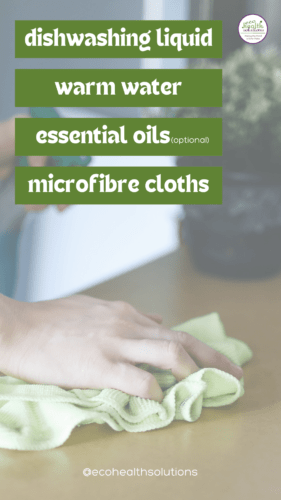
What you’ll need:
- dishwashing detergent
- two microfibre cloths – microfibre cloths are designed to pick things up off a surface, as opposed to regular cloths, which just smear them around.
- thyme or oregano essential oils (optional)
- water.
Instructions:
- To clean the surface, mix up dishwashing detergent with warm water.
- Lucinda recommends adding essential oils, like oregano and thyme, to the soapy water mix to “supercharge the effect”.
- Dip into the soapy solution using microfibre cloths square* and wipe down the surface. After you have used each square on both sides to remove mould, Lucinda says to throw it out. This is to avoid cross-contamination and causing the mould to spread.
*To clarify –
I recommend buying some cheap microfibre cloths from the hardware store – as they are going to be treated as “single use items.”
Cut each one up into smaller piece to minimise waste.
Use both sides of one smaller piece (or square) – without double-dipping, and then discard it.
A key point is not to cross contaminate.
“Always keep cross-contamination in mind – as it is easy to spread mould from one area to another, and cause it to release spores which will help it to spread.” (Gotta love it when the really important messages make it into an article!)
This is also why we’re not double-dipping and we’re disposing of each square of cloth that is used.
Mould Dos and Don’ts #4 – Don’t Put Additive in Your Paint
I’ve seen fungicides and “mildewcides” recommended to deal with mouldy ceilings.
This is a massive no-no.
Please don’t do it.
Anything that ends with “-cide” means it is designed to kill.
Fungicides are designed to kill fungi – mould is a fungi.
“Mildewcide” would be designed to kill mildew – which is mould, which is fungi. So another word for the same thing.
What’s wrong with these?
Simply put, these are like antibiotics… and can result in the mould equivalent of “superbugs.”
Mould is tough enough on our health, our buildings and to get rid of without having it mutate further into resistant strains…
So, address the issue, don’t just paint over it.
Where’s the moisture coming from?
What’s been wet?
Is everything dry?
This is a complex area, and that’s why there are IICRC-trained mould remediation professionals.
Mould Dos and Don’ts #5 – Do Ventilate Your Home, Daily!
Ventilation dilutes indoor air contaminants, exchanging the air, and bringing fresh clean air into your home.
You may have seen statistics saying that indoor air can be 5-10 times more polluted than outdoor air. This is often due to a lack of ventilation.
(On that note, having an air purifier running 24/7 is NOT a substitute for ventilation.)
While it is an amazing thing to do, it won’t solve mould issues, instead it will help you to manage them.
What’s the best way to ventilate your home?
Simple!
Go around your home opening every single door and window (internal and external). Wait 2 minutes, then close them again (if you choose).
Do this as often as possible.
Mould – Just the Facts
So there you have 5 Mould Dos and Don’ts.
Whilst I know there’s a lot to digest here, there’s so much more to it…
And if you’re keen to go deeper and learn about how to clean up your belongings (YES you can clean many things, not everything has to be turfed out), then enrol in my Dealing With Mould course for just $147 AUD – this is a game-changer, and is full of practical tips for you based on my training and experience in the field.
I’d love to see you there.

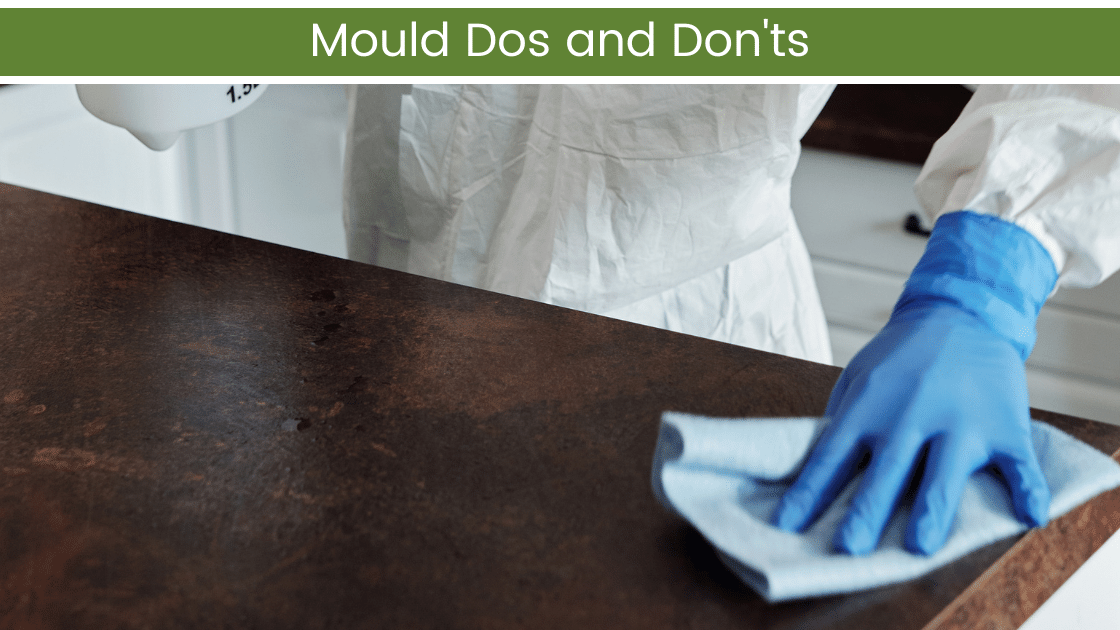
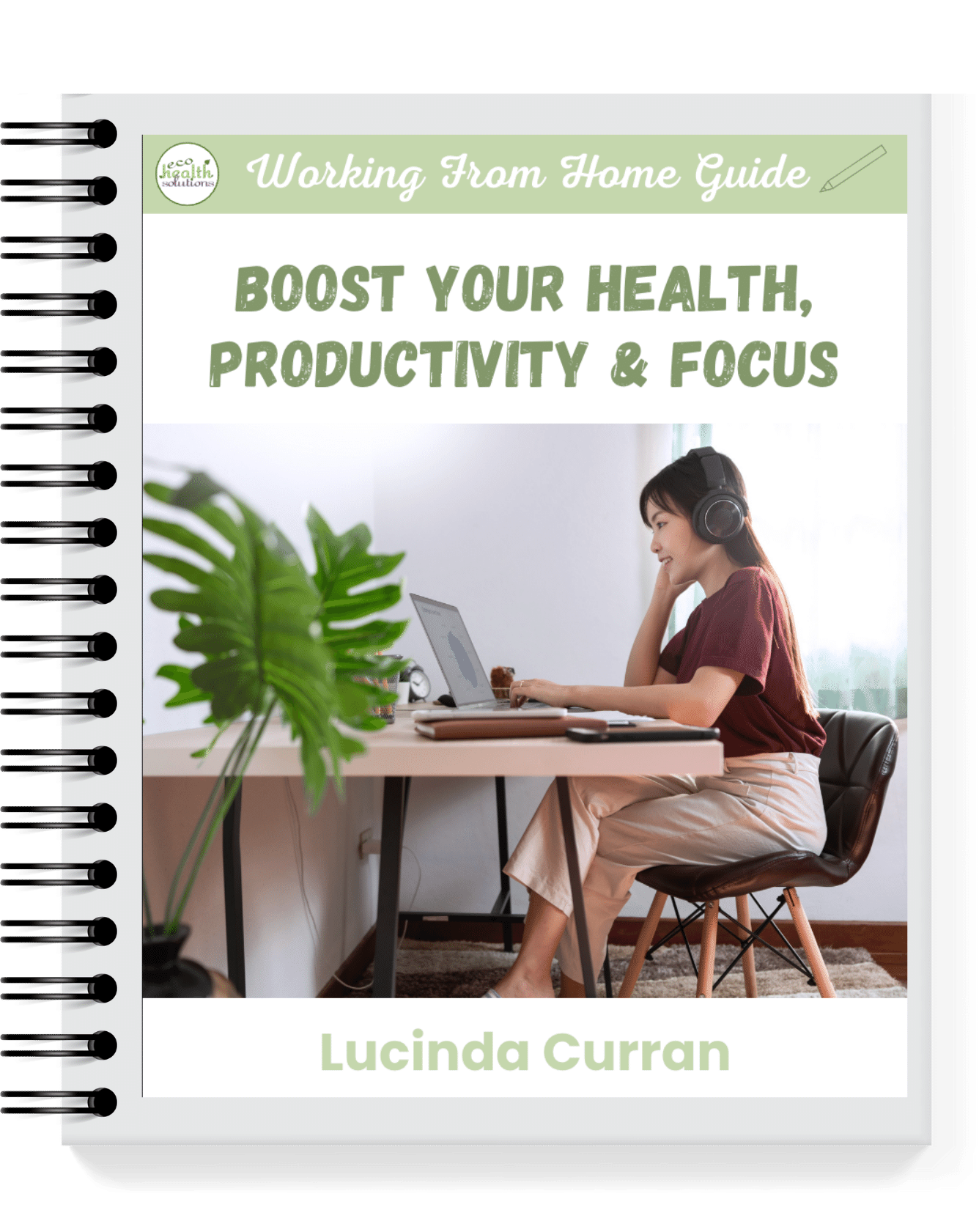

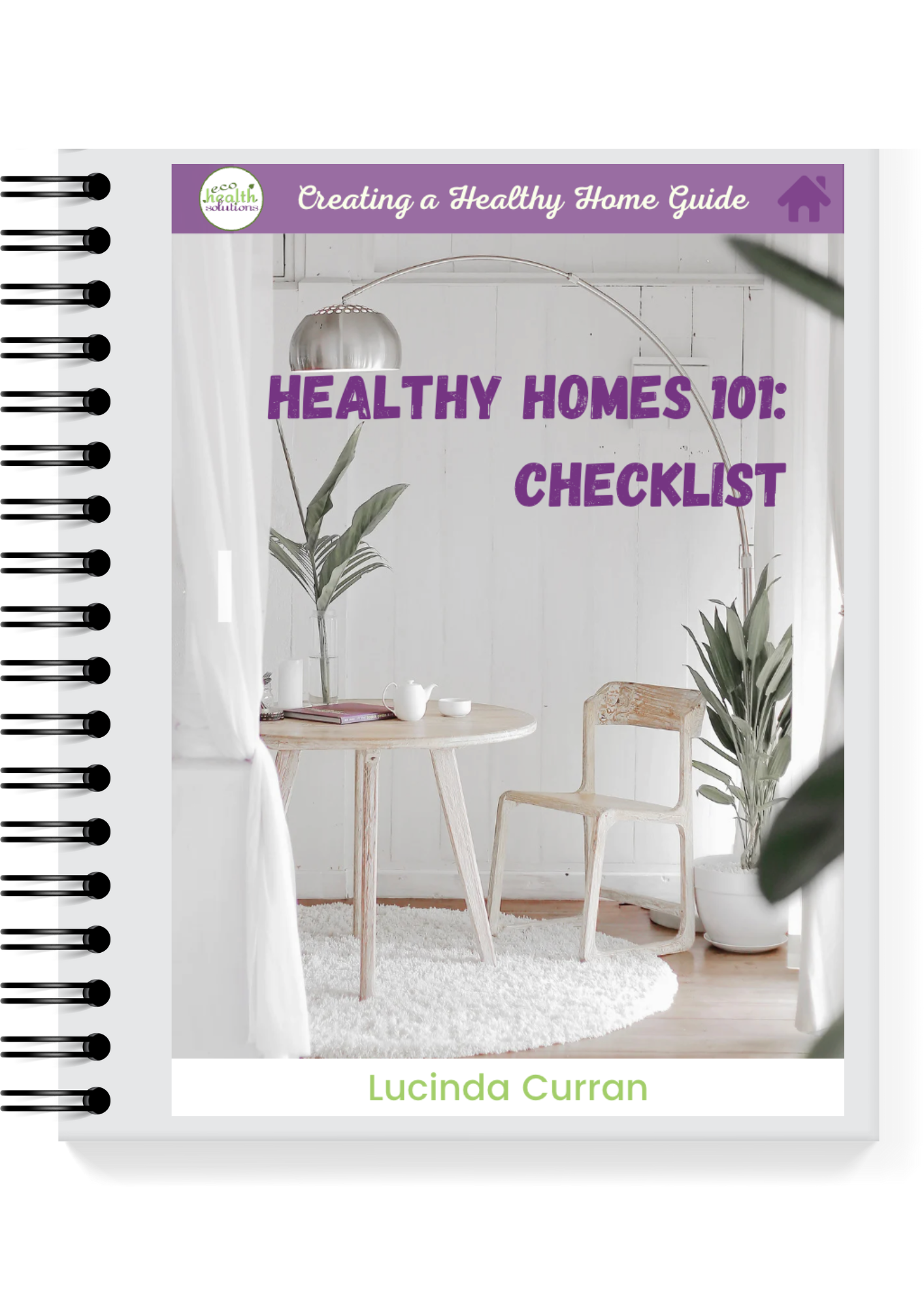


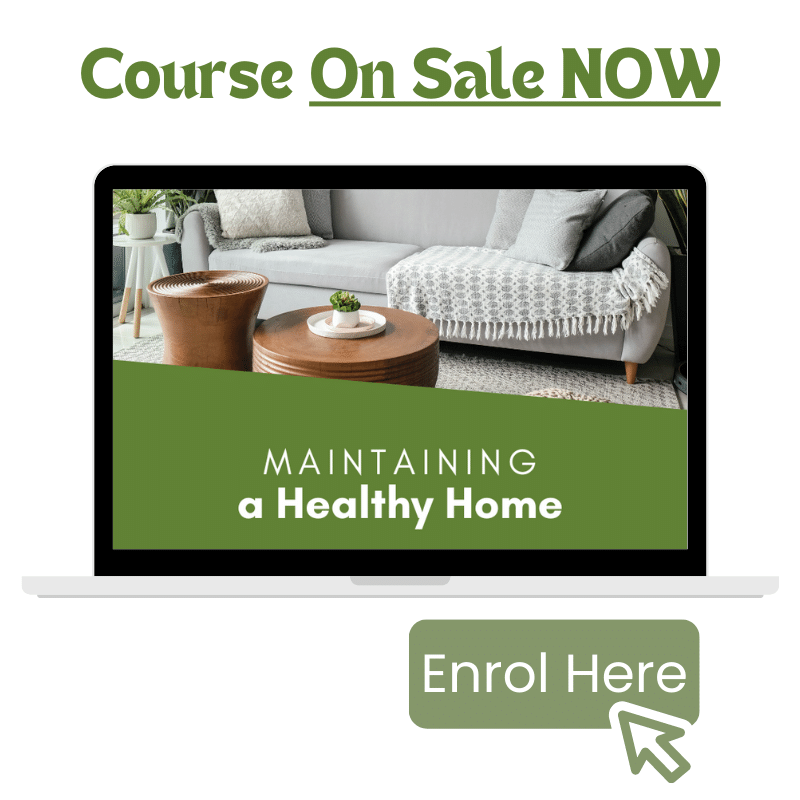

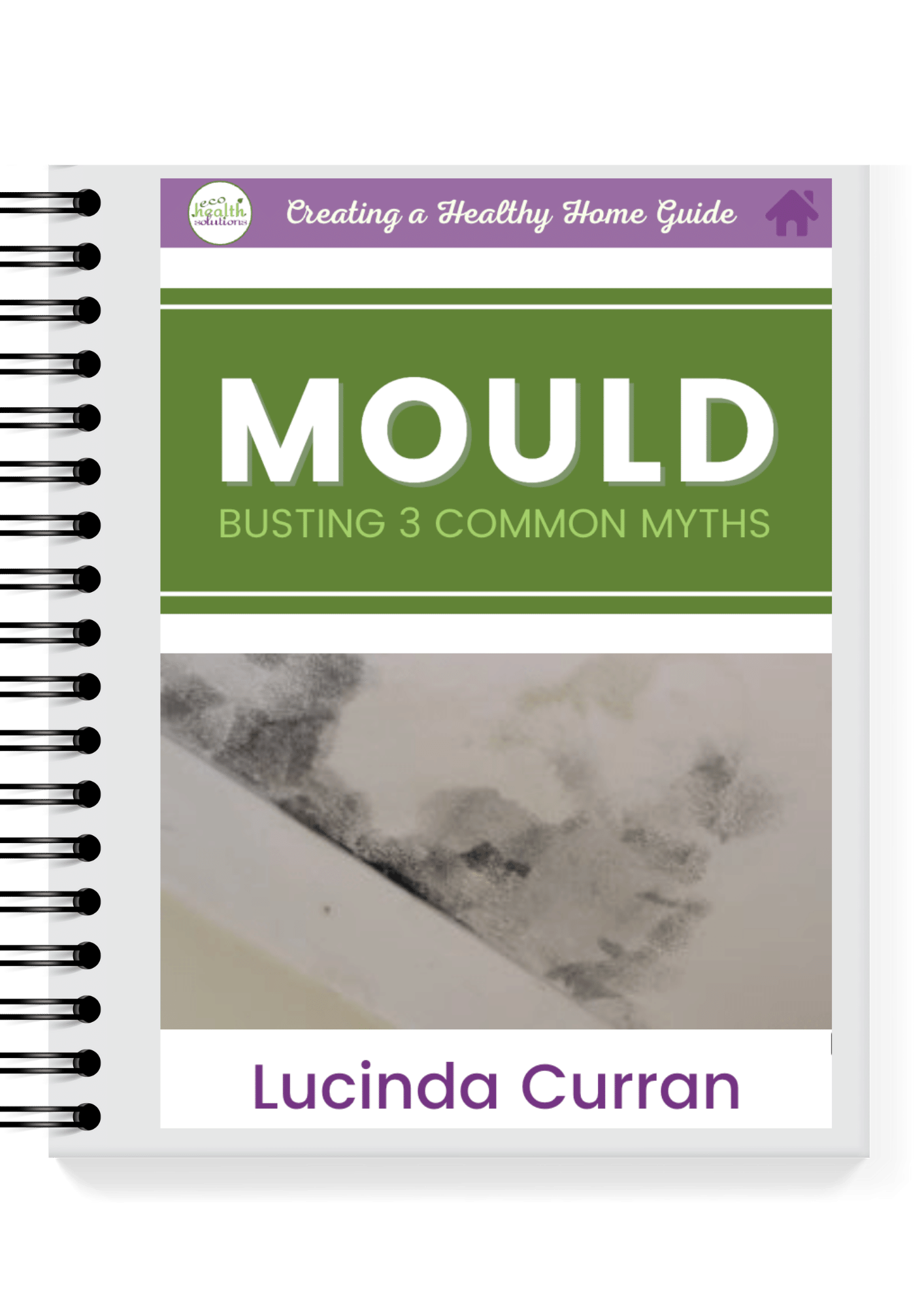




0 Comments